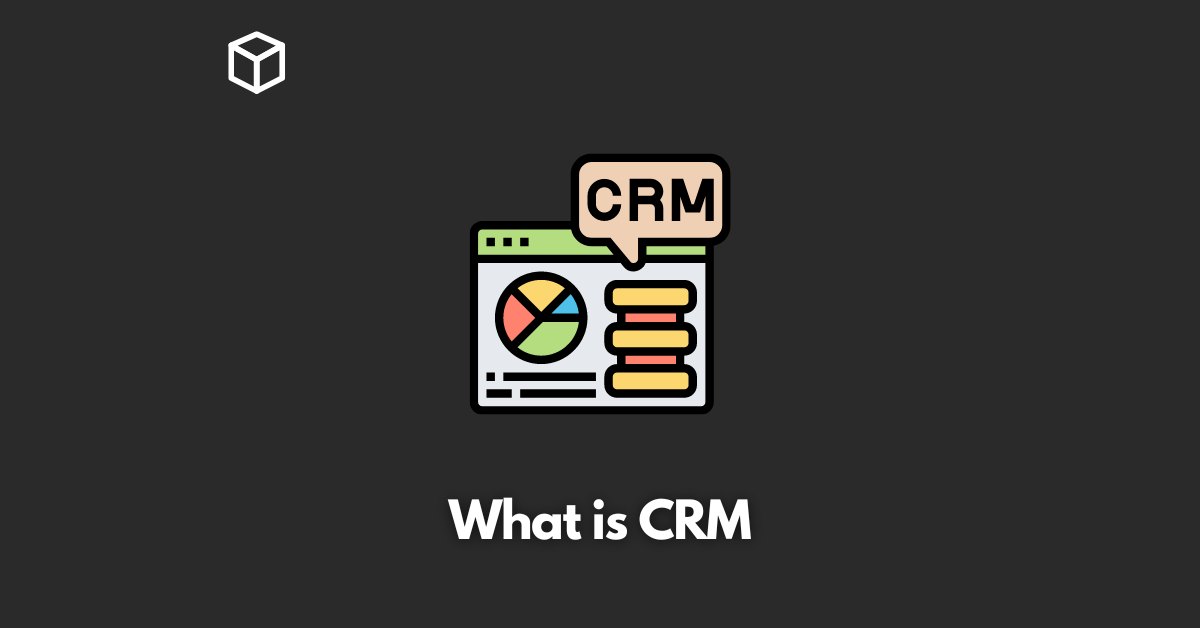CRM, or customer relationship management, is a technology-driven strategy that helps businesses manage and analyze customer interactions and data throughout the customer lifecycle.
The goal of CRM is to improve business relationships with customers, assist in customer retention, and drive sales growth.
CRM has become an essential tool for companies of all sizes to stay competitive and thrive.
Types of CRM
There are three main types of CRM: operational, analytical, and collaborative.
Operational CRM includes sales force automation, marketing automation, and customer service and support.
These tools automate and streamline key business processes, making it easier for companies to manage customer interactions and track their progress.
Analytical CRM includes data mining and reporting and analysis.
These tools allow businesses to gain insights from customer data, making it easier to identify trends and patterns that can inform strategic decisions.
Collaborative CRM includes knowledge management and partner relationship management.
These tools help businesses share information and collaborate with other organizations to improve customer service and support.
Benefits of CRM
CRM can bring many benefits to a business.
It can improve customer relationships by providing a more personalized customer experience.
It can also increase sales and revenue by making it easier to target and segment customers.
Additionally, CRM can enhance decision-making through data analysis, and improve customer service and support.
Implementing CRM
Implementing CRM can be a complex process, but with the right approach, it can be done successfully.
The first step is to identify the right CRM solution.
This can be a cloud-based or on-premise solution, depending on your business needs.
Customization and scalability are also important considerations.
It’s also essential to consider how the CRM solution will integrate with existing systems.
Once you have chosen a CRM solution, data migration is the next step.
This involves transferring customer data from existing systems to the new CRM.
Training and adoption are also crucial in ensuring a successful implementation.
Ongoing maintenance and optimization are also an essential aspect of CRM.
This includes regular updates and upgrades to the CRM system, as well as monitoring and analyzing customer data to identify opportunities for improvement.
Conclusion
CRM is a powerful tool that can help businesses improve customer relationships, increase sales and revenue, enhance customer segmentation and targeting, and improve decision-making through data analysis.
It can also help improve customer service and support. Implementing CRM can be a complex process, but with the right approach, it can be done successfully.
If you’re looking to stay competitive and thrive in the fast changing business landscape then consider implementing CRM in your own business.




